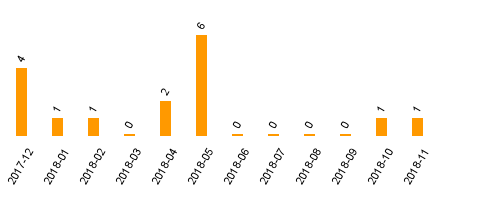Multi-Stream Structures in the Public Service
Boyle, Richard ; Worth-Butler, MichelleDownload:
pdf-Format: Dokument 1.pdf (225 KB)
| URL | https://edoc.vifapol.de/opus/volltexte/2009/1104/ |
|---|---|
| Dokumentart: | Bericht / Forschungsbericht / Abhandlung |
| Institut: | CPMR- Committee for Public Management Research |
| Schriftenreihe: | CPMR discussion paper |
| Bandnummer: | 9 |
| Sprache: | Englisch |
| Erstellungsjahr: | 1999 |
| Publikationsdatum: | 30.03.2009 |
| Originalveröffentlichung: | http://www.cpmr.gov.ie/publications/discussion-papers/ (1999) |
| DDC-Sachgruppe: | Öffentliche Verwaltung |
| BK - Basisklassifikation: | 88.20 (Organisation staatlicher Einrichtungen, Management staatlicher Einrichtungen) |
| Sondersammelgebiete: | 3.7 Verwaltungswissenschaften |
Kurzfassung auf Englisch:
This paper examines the implications of a structure of separate administrative, professional and technical streams for the management of the public service. Eliminating the rigidities caused by operating a multi-stream structure is an important aim of the current public service change programme. Consequently, this study examines a number of ways of improving inter-working between streams, including greater mobility, more use of team-based working, and integration of the streams. Interviews in a small number of government departments and local authorities,and the examination of two case studies – the Valuation Office where cross-functional teams were established across the grades and Coillte Teoranta (the Irish Forestry Board) where the multi-stream structure was abolished – provide most of the information on which the paper is based. The paper is divided into four parts. In part one the problems associated with operating a multi-stream structure are identified. Part two outlines current thinking and approaches to tackling the issue, at both central and local government levels. In part three, the two case studies are examined in detail. Finally, in part four ways of moving forward are outlined. In general, the current multi-stream structure would seem to have inherent limitations which can result in less than perfect service to the public. Yet existing structures have proved resistant to change. Current changes being promoted under the Strategic Management Initiative, particularly an increased focus on the customer and service quality and the devolution of operational management, now offer an opportunity and reason for change. Whether that change should be abolition of the streams or more effective inter-working is likely to be a matter determined locally. Strategy needs to determine the desired structure. What is important is that the needs of the service user are seen as paramount. Change should flow from this imperative.
Für Dokumente, die in elektronischer Form über Datenenetze angeboten werden, gilt uneingeschränkt das Urheberrechtsgesetz (UrhG). Insbesondere gilt:
Einzelne Vervielfältigungen, z.B. Kopien und Ausdrucke, dürfen nur zum privaten und sonstigen eigenen Gebrauch angefertigt werden (Paragraph 53 Urheberrecht). Die Herstellung und Verbreitung von weiteren Reproduktionen ist nur mit ausdrücklicher Genehmigung des Urhebers gestattet.
Der Benutzer ist für die Einhaltung der Rechtsvorschriften selbst verantwortlich und kann bei Mißbrauch haftbar gemacht werden.
Zugriffsstatistik
(Anzahl Downloads)


